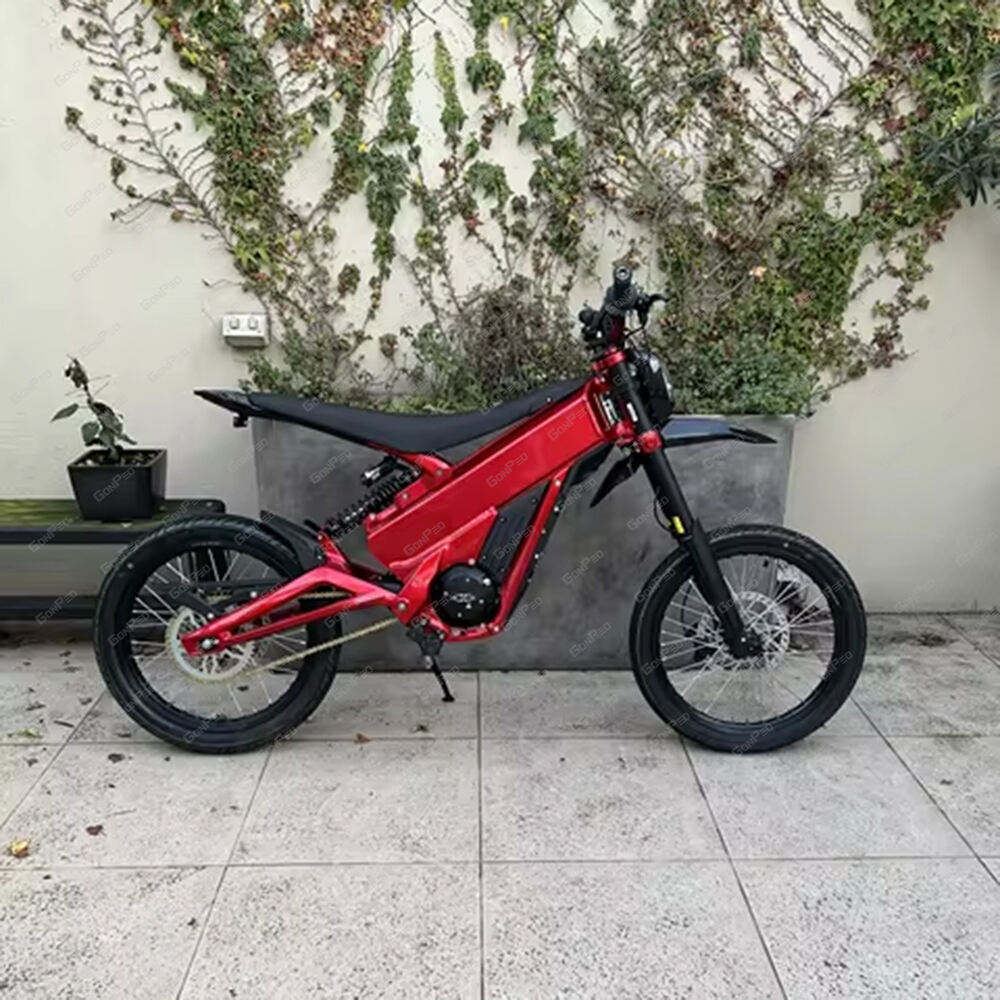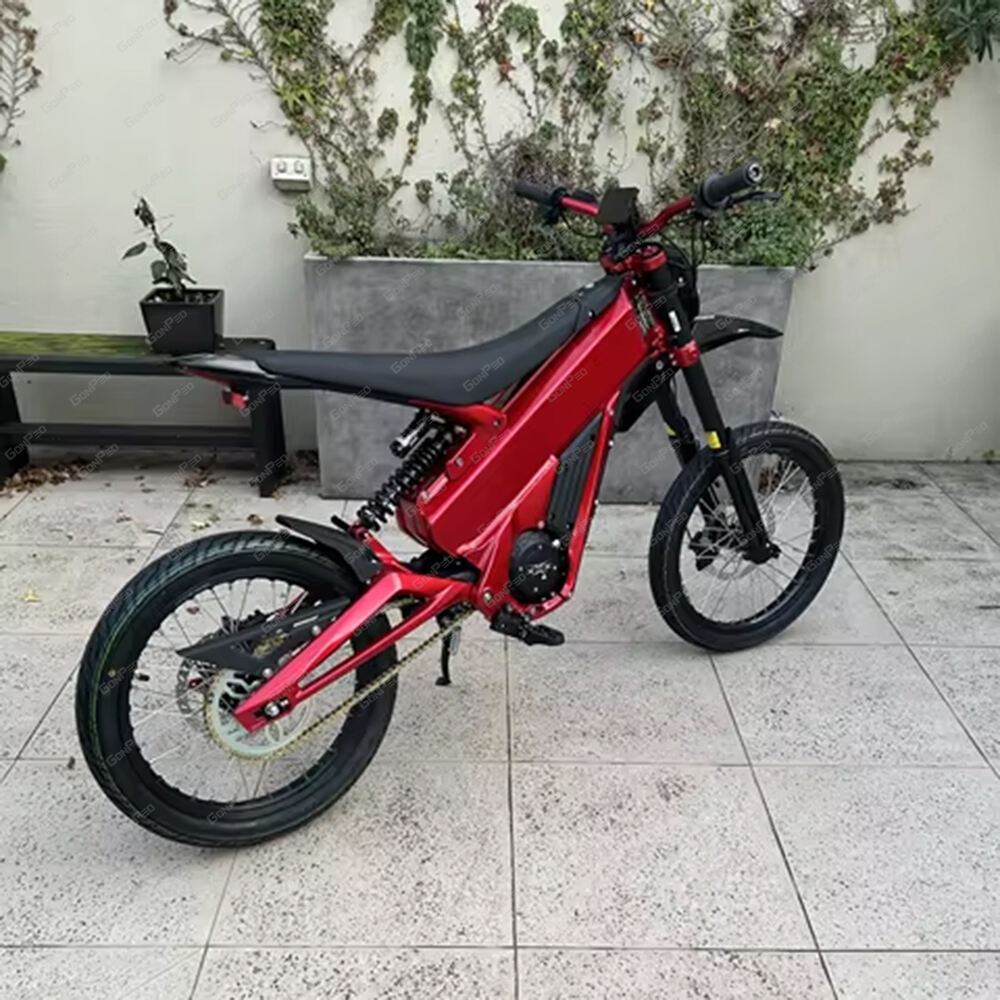Understanding Electric Bike Specifications for Smart Shopping
When diving into the world of electric bikes, understanding the key specifications is crucial for making an informed purchase decision. Electric bikes have revolutionized personal transportation, offering an eco-friendly alternative that combines the best of traditional cycling with powered assistance. But with countless models flooding the market, knowing which electric bike specs matter most can mean the difference between finding your perfect ride and ending up with a costly disappointment.
From motor power to battery capacity, frame materials to riding modes, each specification plays a vital role in determining how well an e-bike will meet your needs. Let's explore the essential elements you should consider when comparing electric bike specs, ensuring you invest in a model that delivers the performance, comfort, and reliability you deserve.
Motor Systems and Power Output
Hub Motors vs Mid-Drive Systems
The heart of any electric bike lies in its motor system. Hub motors, typically located in either the front or rear wheel, offer a straightforward and cost-effective solution. They provide reliable performance for casual riders and commuters, with minimal maintenance requirements. These motors deliver power directly to the wheel, creating a smooth and consistent riding experience.
Mid-drive motors, positioned at the bike's center of gravity, represent the premium option in electric bike specs. They integrate with the bike's gearing system, offering superior efficiency and natural-feeling assistance. This placement also provides better weight distribution and handling, particularly important for off-road riding or tackling steep hills.
Power Output and Legal Restrictions
Understanding power ratings is crucial when comparing electric bike specs. Most regions limit e-bikes to 250W-750W of continuous power, though peak output may be higher. Higher wattage doesn't always translate to better performance - efficiency and torque ratings also play crucial roles in determining how the bike performs in real-world conditions.
Consider your intended use when evaluating power specifications. Urban commuters might find 250W sufficient, while those facing hills or carrying cargo may benefit from higher power outputs. Remember that more powerful motors typically demand more energy, affecting battery life and range.
Battery Technology and Range
Battery Capacity and Chemistry
Battery specifications represent one of the most critical electric bike specs to evaluate. Modern e-bikes typically use lithium-ion batteries, measured in watt-hours (Wh). A higher Wh rating generally indicates greater range potential. Most commuter e-bikes feature batteries ranging from 300Wh to 700Wh, while premium models may offer even larger capacities.
Battery chemistry affects performance, longevity, and safety. Quality manufacturers use advanced lithium-ion cells with built-in protection systems, ensuring reliable performance and longer service life. Consider not just the initial capacity but also the battery's cycle life - how many full charges it can handle before significant degradation.
Range Factors and Real-World Performance
While manufacturers often advertise impressive range figures, actual performance depends on multiple factors. Rider weight, terrain, assistance level, weather conditions, and riding style all impact how far you can travel on a single charge. Smart electric bike specs include realistic range estimates under various conditions.
Look for bikes with clear information about range testing conditions and user-reported experiences. Some manufacturers provide range calculators or detailed charts showing expected performance under different scenarios. This transparency helps set realistic expectations and ensures you choose a bike with sufficient range for your needs.

Frame Design and Components
Frame Materials and Construction
Frame specifications significantly influence an e-bike's durability, weight, and ride quality. Aluminum alloy frames dominate the market, offering an excellent balance of strength, weight, and cost. Premium models might feature carbon fiber components, reducing weight while maintaining structural integrity. Steel frames, while heavier, provide superior comfort through natural vibration dampening.
Pay attention to frame geometry and design features when comparing electric bike specs. Step-through frames offer easier mounting and dismounting, while traditional diamond frames typically provide better rigidity. Look for integrated battery compartments and clean cable routing, indicating thoughtful design and attention to detail.
Component Quality and Integration
Beyond the electrical system, traditional bicycle components play crucial roles in overall performance and reliability. Quality brakes, preferably hydraulic disc systems, ensure safe stopping power under various conditions. Transmission systems, whether traditional derailleurs or internal gear hubs, should match your riding style and maintenance preferences.
Integration of components with the electrical system deserves special attention in electric bike specs. Look for models with well-designed displays, intuitive controls, and smart features like integrated lights or security systems. These elements contribute to a more refined and enjoyable riding experience.
Control Systems and Riding Modes
Assistance Levels and Controls
Modern e-bikes offer multiple assistance levels, typically ranging from eco to turbo modes. Each level determines how much power the motor provides relative to your pedaling input. Well-designed electric bike specs include detailed information about power output and efficiency at each assistance level.
Control interfaces should be intuitive and easily accessible while riding. Look for clear displays showing speed, battery level, and assistance mode. Some advanced systems offer smartphone connectivity, allowing customization of assistance levels and access to navigation features.
Smart Features and Connectivity
The integration of smart technology has become increasingly important in electric bike specs. GPS tracking, theft protection, and automatic riding mode adjustment based on terrain or heart rate represent valuable features for many riders. Consider how these capabilities align with your needs and technical comfort level.
Connectivity options extend to maintenance monitoring and diagnostic capabilities. Some systems can alert you to required maintenance or potential issues before they become serious problems. This proactive approach to maintenance can enhance reliability and longevity.
Frequently Asked Questions
What's the optimal battery capacity for daily commuting?
For typical commuting distances of 10-20 miles round trip, a battery capacity of 400-500Wh usually provides sufficient range with some reserve. This allows for multiple commutes between charges, accounting for factors like headwinds or cargo carrying that might increase power consumption.
How do different motor types affect riding experience?
Hub motors typically provide a more obvious pushing sensation, while mid-drive motors offer a more natural feeling assistance that works through the bike's gears. Mid-drive systems generally perform better on hills and provide more efficient power use, but hub motors can be more reliable due to their simpler design.
What maintenance requirements should I consider?
Electric bikes require standard bicycle maintenance plus attention to electrical components. Regular checks of battery connections, motor mounting bolts, and system diagnostics are important. Most quality e-bikes need a professional service annually or every 2,000 miles, focusing on both mechanical and electrical systems.

